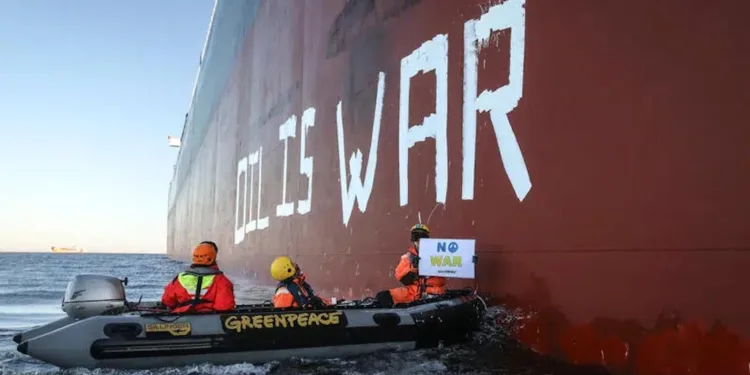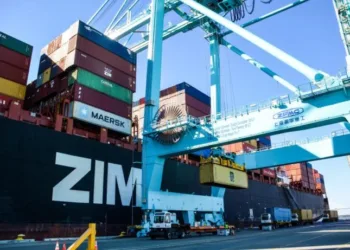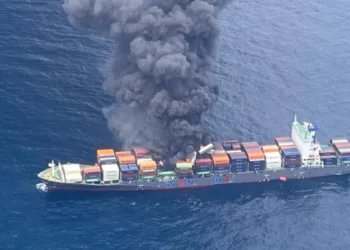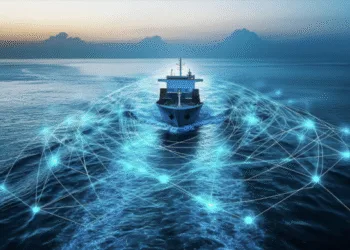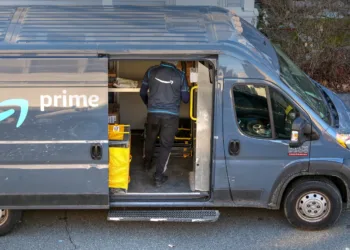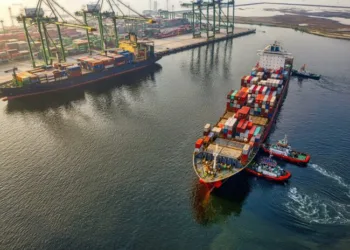Over the past five years, the number of sanctioned vessels has expanded steadily, rising from around 350 in September 2020 to roughly 1,700 by September 2025, according to analysis from maritime analytics firm Kpler. The overlap between various administrations sanctioning ships is also finally starting to grow with greater coordination between the UK and the EU, especially noticeable.
Kpler data does show the pace of growth in sanctioning has slowed markedly, easing to only 1–2% per month by late 2025.
The result is a sanctions list that is now broad but no longer rapidly expanding. For compliance teams, Kpler is advising this means screening should shift focus.
“Instead of anticipating constant large additions, priority must be given to tracking historic alias changes and analysing voyage behaviour, both of which reveal more about risk than headline growth numbers at this stage,” Dimitris Ampatzidis, a risk and compliance analyst at Kpler, wrote in a new report.
TankerTrackers also publishes a list of sanctioned tankers, which it makes publicly available. The list features the names and details of 1,271 tankers today, up by 69 vessels over the past two months.
The EU is preparing to sanction three firms for issuing fake flag registrations to tankers in Russia’s shadow fleet, according to documents seen by Bloomberg. These entities allegedly provided fraudulent flags of convenience from jurisdictions including Aruba, Curaçao, and Sint Maarten, used by at least eight sanctioned Russian tankers to conceal ownership and evade sanctions.
The firms are part of the EU’s 19th sanctions package. The move aims at shutting down the registry loopholes that enable sanction-evading vessels, many of which claim affiliation with registries that do not operate them or deny registering the tankers in open source investigations. Meanwhile, Splash carries details today of the latest US sanctions aimed at Iran’s shipping fleet.
A recently created Venn diagram (see below) created by Robin Brooks, senior fellow at the Brookings Institution, shows a sharp rise in sanctions overlap. Ships jointly sanctioned by the UK and the US have jumped from just five to 65 in recent months, while those sanctioned by the UK, EU, and US together rose to 132. The EU and UK now jointly sanction 247 ships—by far the largest overlap. The US, by contrast, only sanctions 17 ships independently, highlighting what Brooks described in a Substack posting as Washington’s “retreat from maritime sanctions leadership”.
Analysts warn that while Europe’s coordination gains are impressive, US re-engagement remains crucial, as American sanctions carry far greater global enforcement power.



